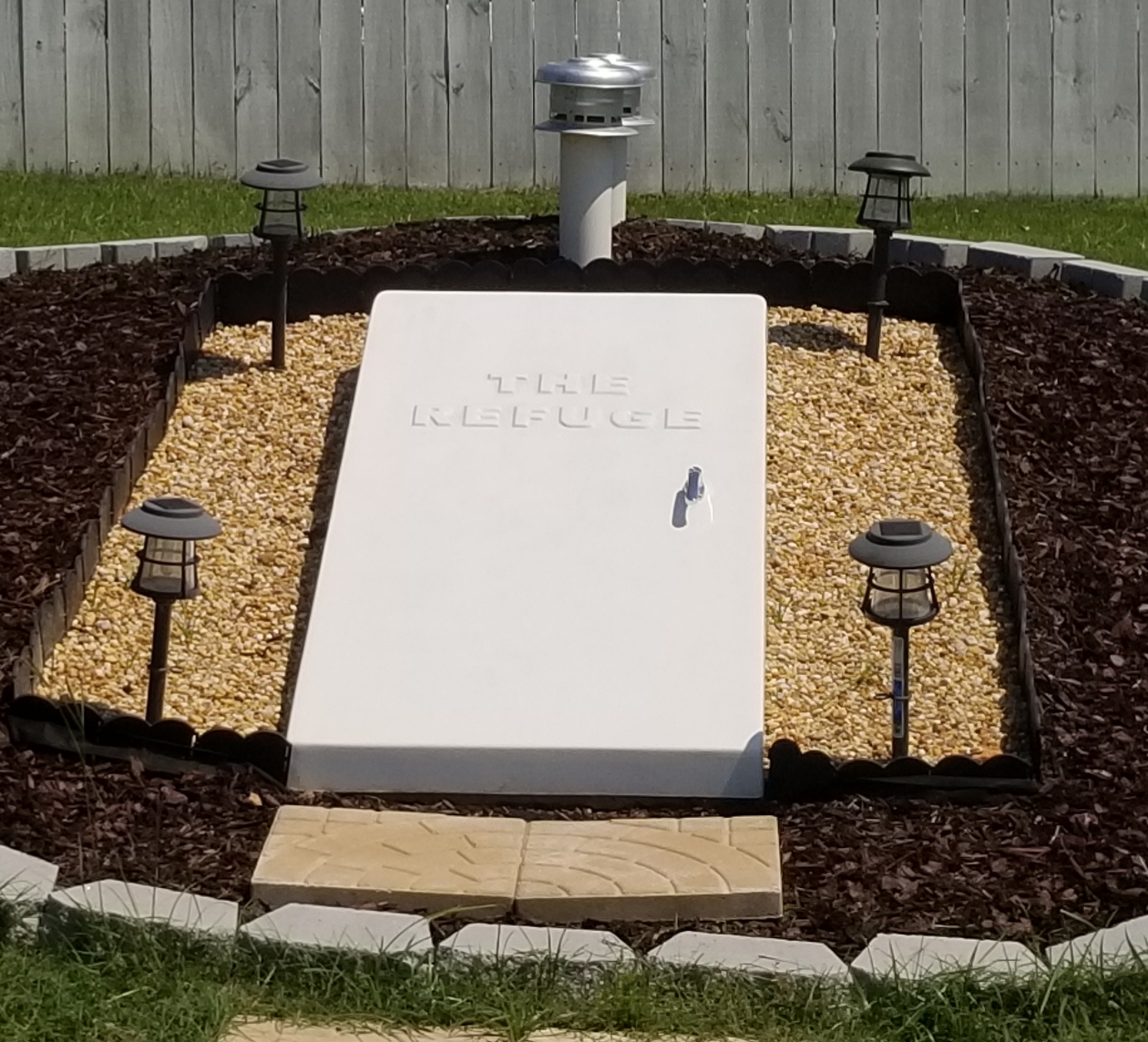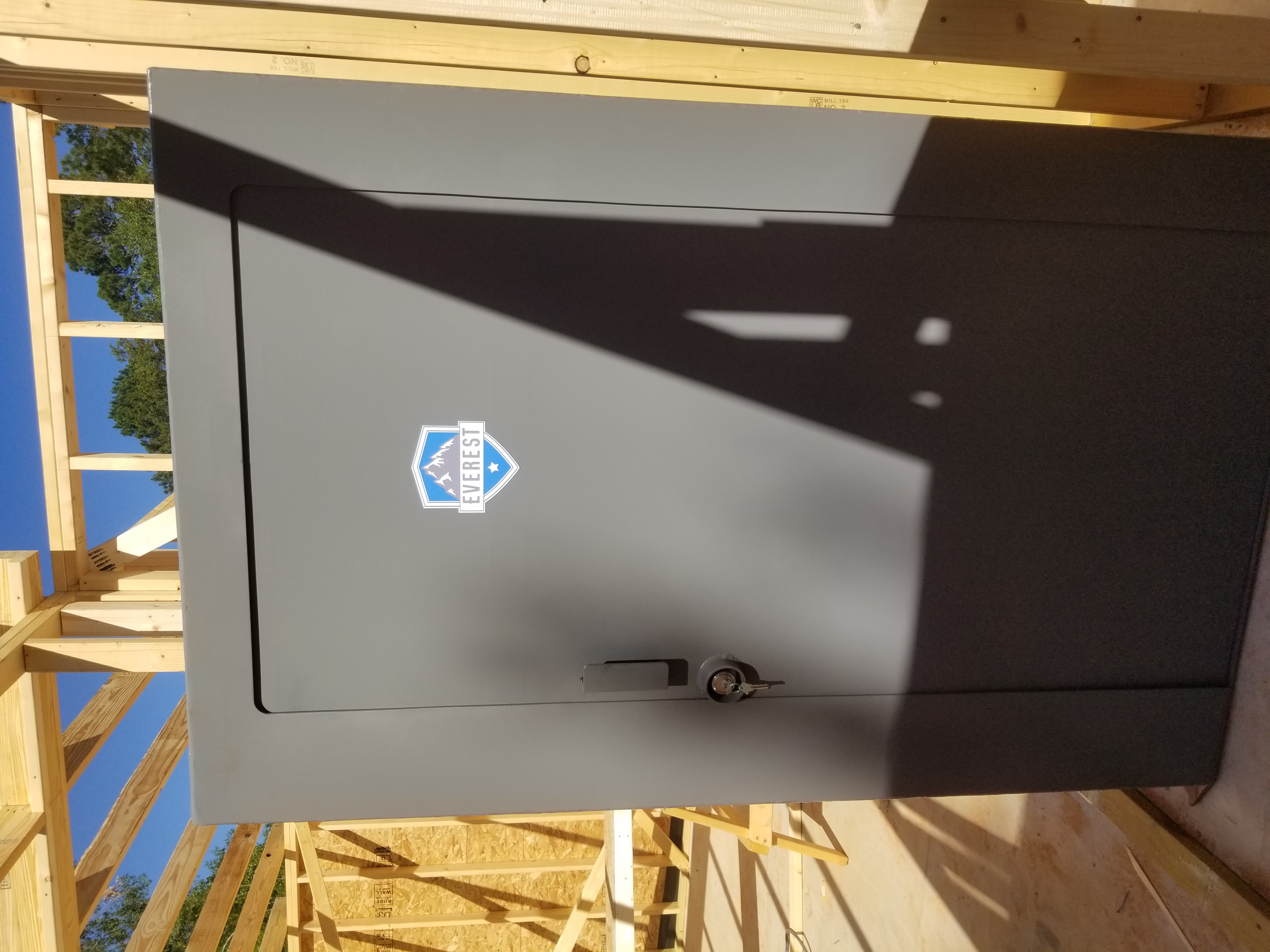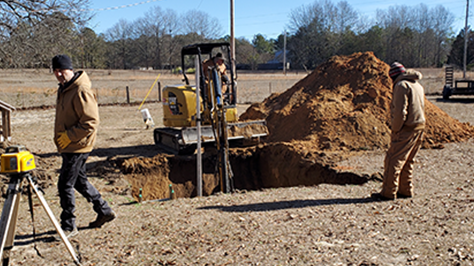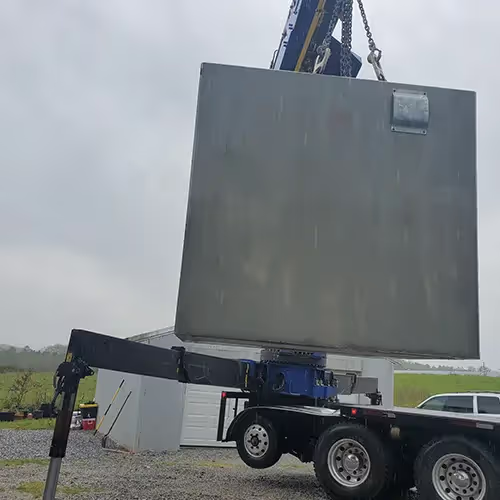Best Concrete Storm Shelter Choosing the Best Concrete Storm Shelter for Your Family

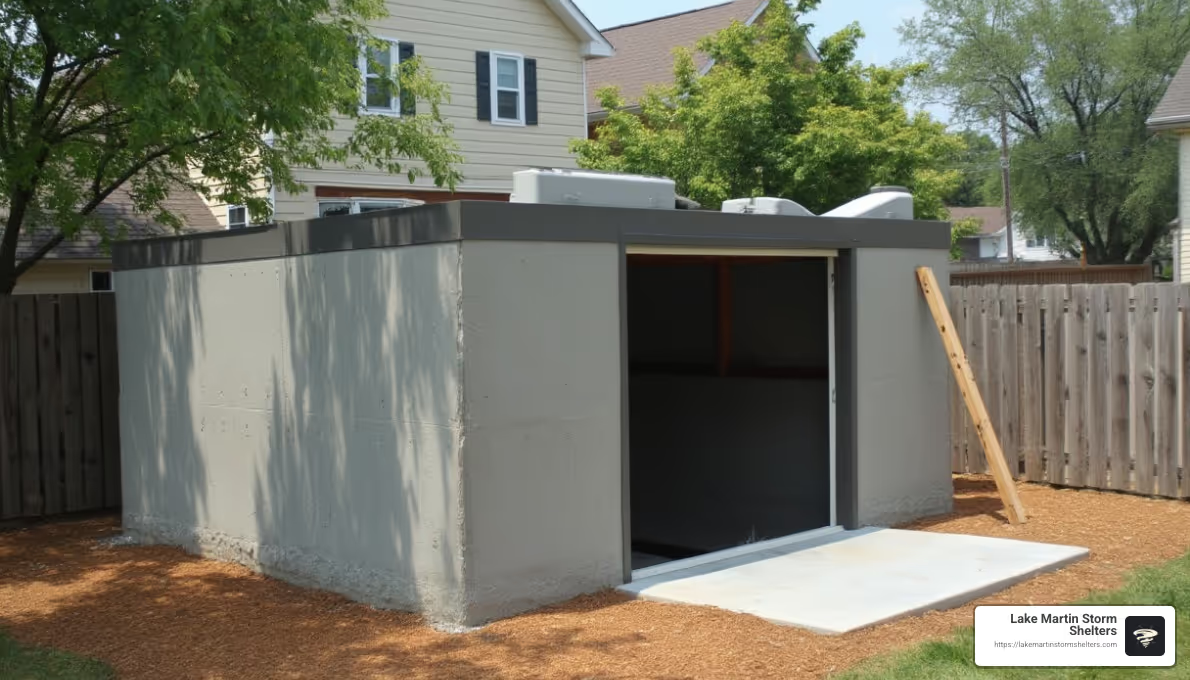
Prefab concrete storm shelter options provide families with a reliable and cost-effective solution for safety during severe weather, especially in tornado-prone areas like Alabama. These shelters are:
- Pre-made and easy to install, saving time and hassle.
- Built to withstand strong storms, providing peace of mind.
- Compliant with state safety standards, ensuring quality protection.
For families like Sarah Thompson’s, choosing a prefab concrete storm shelter means prioritizing safety and protection. With tornadoes and unpredictable weather becoming more frequent, investing in a prefab concrete storm shelter is a sound decision to safeguard your loved ones.
My name is Merry, and my passion for constructing safe, reliable storm shelters stems from a personal experience with a tornado. My journey from building horse barns to founding Lake Martin Storm Shelters has equipped me with deep expertise in prefab concrete storm shelters, ensuring that families like yours have the protection they need.
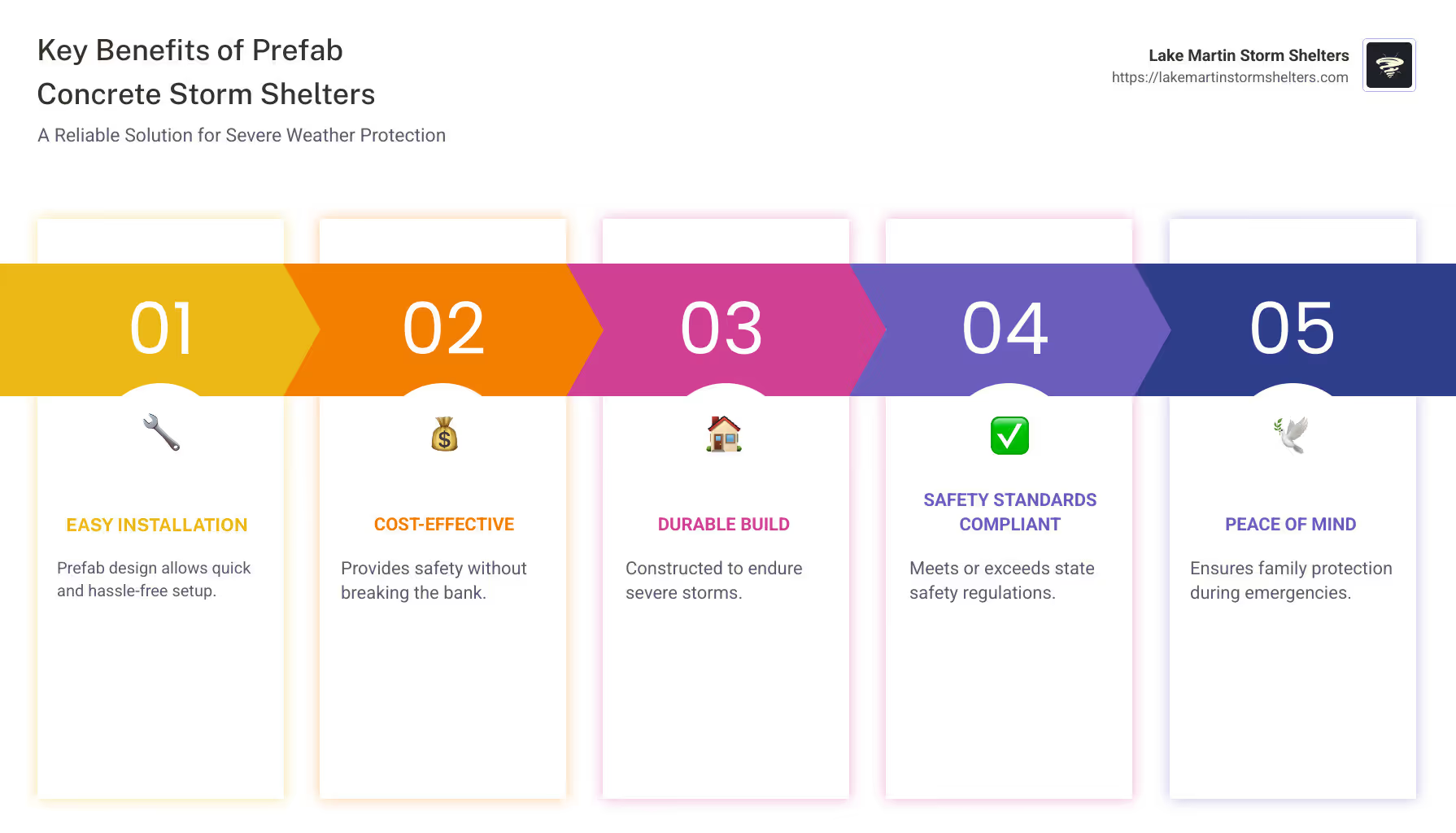
Prefab concrete storm shelter definitions:
– above ground concrete storm shelters
– concrete tornado shelter
– storm shelter installation cost
Understanding Concrete Storm Shelters
When it comes to protecting your family from severe weather, concrete storm shelters offer a robust and reliable solution. Let’s dig into what makes these shelters a smart choice for safety and peace of mind.
Precast Concrete: The Backbone of Safety
Precast concrete is a key material used in constructing storm shelters. Unlike traditional concrete, which is poured and cured on-site, precast concrete is manufactured in a controlled environment. This process ensures consistent quality and strength.
Precast concrete shelters are designed to withstand the harshest conditions. This includes tornadoes with winds reaching up to 250 mph, equivalent to an EF-5 tornado. The National Storm Shelter Association (NSSA) and FEMA have set rigorous standards that these shelters meet or exceed, ensuring top-notch safety.
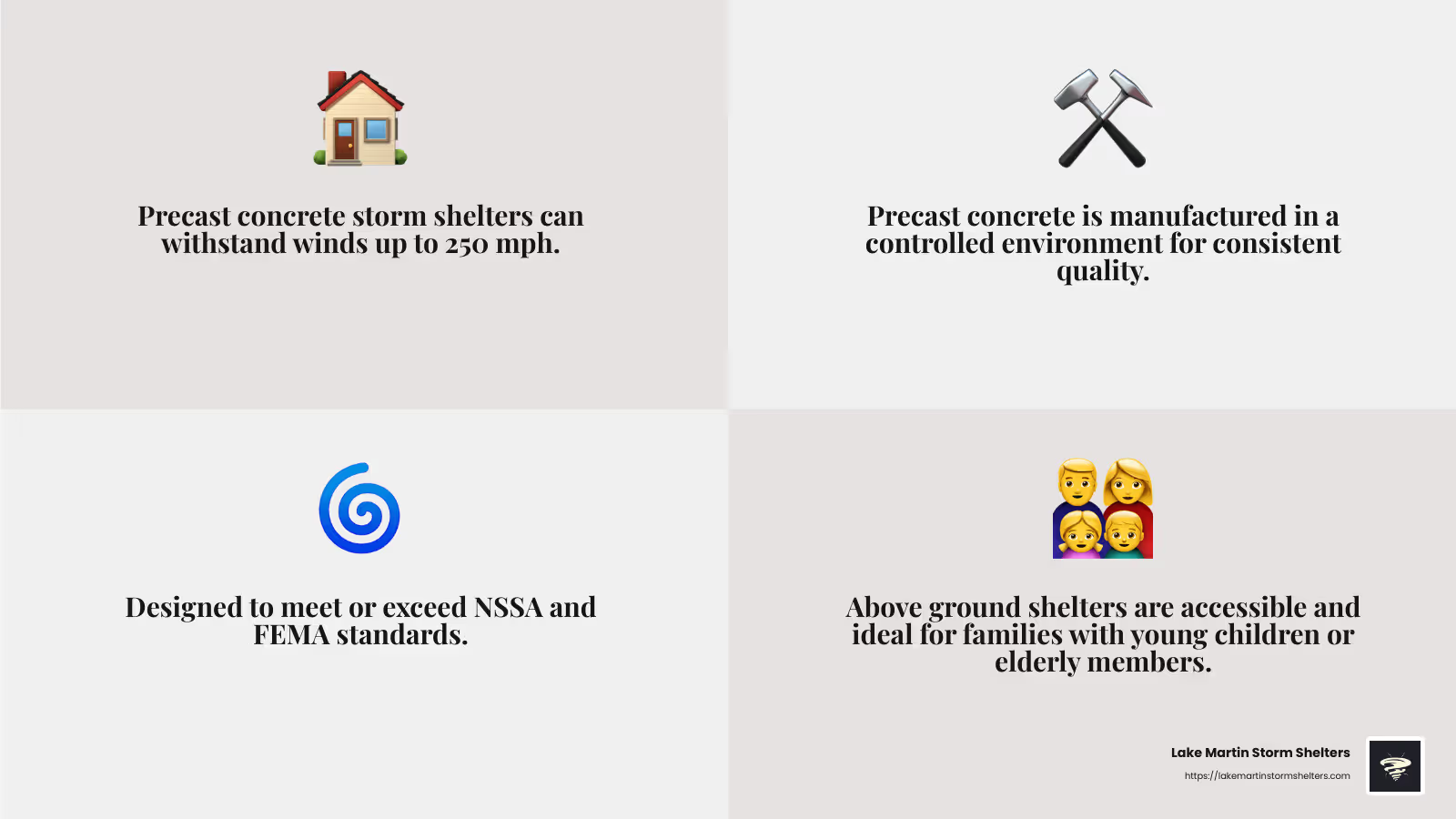
Types of Storm Shelters
Storm shelters come in various forms to suit different needs:
- Above Ground Shelters: These are easily accessible and can be installed in your garage or backyard. They are ideal for those who prefer not to steer stairs during a storm, making them a great option for families with young children or elderly members.
- Below Ground Shelters: These are typically installed underground, offering added protection from flying debris. However, they require stairs for entry, which might not be suitable for everyone.
- Safe Rooms: These can be installed within your home, providing quick access during a storm. They are built to the same safety standards as standalone shelters.
Safety Standards: Your Assurance of Protection
Safety is paramount when it comes to storm shelters. The ICC/NSSA 500 Standard is a benchmark for the design and construction of storm shelters. This standard ensures that shelters can withstand extreme wind speeds and impacts from debris.
Lake Martin Storm Shelters adheres to these standards, giving you confidence in the safety of your shelter. Each design is reviewed and approved by third-party engineers, ensuring compliance with the highest safety requirements.
In summary, understanding the types and standards of concrete storm shelters helps you make an informed decision. With the right shelter, you’re not just investing in a structure; you’re investing in the safety and security of your family.
Prefab Concrete Storm Shelter: A Smart Choice
When severe weather strikes, having a prefab concrete storm shelter can make all the difference. These shelters are not only sturdy and reliable but also offer significant advantages in terms of installation and cost.
Ease of Installation
One of the standout benefits of prefab concrete storm shelters is their ease of installation. These shelters are manufactured off-site in controlled environments, ensuring high-quality construction. Once ready, they are transported to your location and installed quickly, minimizing disruption to your property.
Unlike traditional construction methods, which require lengthy on-site work, prefab shelters can be set up in a matter of hours. This swift installation process means you can have peace of mind sooner, knowing your family is protected.
Cost-Effectiveness
Prefab concrete storm shelters are a cost-effective solution for those seeking reliable protection without breaking the bank. The manufacturing process is streamlined, reducing labor and material costs. This efficiency translates to savings for homeowners.
Moreover, prefab shelters are designed to meet or exceed FEMA and ICC-500 standards, ensuring top-notch safety without the hefty price tag often associated with custom-built options.

Why Choose Prefab?
- Durability: Built with six sack concrete mix, these shelters can withstand extreme conditions, including EF-5 tornadoes.
- Quality Assurance: Each shelter undergoes rigorous testing to ensure it meets safety standards.
- Flexibility: Available in various sizes and configurations, prefab shelters can be custom to your specific needs.
Opting for a prefab concrete storm shelter is not just a smart choice financially; it’s an investment in your family’s safety and peace of mind. With quick installation and proven durability, these shelters provide reliable protection when you need it most.
Key Features to Consider
When selecting a storm shelter, it’s crucial to weigh the options between above ground and underground shelters. Each type has its own set of benefits, and understanding these can help you make the best choice for your family.
Above Ground vs Underground
Above Ground Shelters are often preferred for their accessibility. They eliminate the need for stairs, which can be a challenge, especially in wet conditions or for those with mobility issues. These shelters can be installed to be wheelchair accessible and are designed to withstand severe weather conditions, meeting all necessary safety standards like FEMA 320 and ICC-500.
On the other hand, Underground Shelters offer the advantage of being out of sight and can provide a sense of security being below the surface. However, they require metal ladders or steep stairs for entry, which can be difficult during a storm. It’s essential to consider these accessibility factors, especially for families with elderly members or small children.
Accessibility
Accessibility is a key feature when choosing a storm shelter. Whether you opt for an above ground or underground option, ensure that it is easy to enter and exit quickly. For many, prefab concrete storm shelters offer a perfect solution with their straightforward design and ease of use. The “Easy Access” design from Allegiant Precast, for example, features 45-degree angle concrete steps, making it much easier for children and pets to enter compared to traditional metal ladders.
Safety Standards
Ensuring your storm shelter meets safety standards is non-negotiable. Look for shelters that adhere to the National Storm Shelter Association (NSSA) standards, which have been adopted by FEMA into the ICC/NSSA 500 Standard. This guarantees that the shelter has been rigorously tested and certified to withstand extreme conditions, such as EF-5 tornadoes.
Shelters built by reputable companies are not only tested for structural integrity but also inspected by third-party engineers. This level of scrutiny ensures your shelter will perform when you need it most. For instance, the American Tornado Master shelters are constructed with self-healing concrete to address potential leaks, adding an extra layer of security.
In summary, when choosing a storm shelter, consider the type, accessibility, and compliance with safety standards. These features ensure that you and your family have a reliable and safe refuge during severe weather.
Installation and Maintenance Tips
Installation Process
Installing a prefab concrete storm shelter is a straightforward process, but it does require careful planning. First, you’ll need to select a suitable location. Ideally, this spot should be easily accessible and close to your home for quick access during a storm.
To begin, excavate the area to the recommended dimensions. For instance, you might need to dig a hole that is 52 inches deep, with additional space for a gravel base. This ensures proper drainage and stability.
Once the site is ready, the shelter can be delivered and set into place. It’s important to slope the surrounding soil away from the shelter to prevent water accumulation. Many companies, including Lake Martin Storm Shelters, offer delivery and installation services, ensuring the shelter is correctly positioned and secured.
Maintenance
Maintaining your storm shelter is crucial for ensuring its longevity and effectiveness. Regular checks should include inspecting the door’s latching system, which must remain functional even if damaged. Ensure that any electrical ports or ventilation systems are clear and operational.
It’s also wise to keep the shelter clean and free from debris. This will not only prolong the life of the shelter but also ensure it’s ready for use at a moment’s notice. A well-maintained shelter is a reliable shelter.
Safety Checks
Conduct periodic safety checks to ensure your storm shelter is in top condition. This includes examining the structural integrity of the shelter, especially after severe weather events. Look for any signs of wear or damage, such as cracks or leaks, and address them promptly.
For added peace of mind, consider having a professional inspection every few years. This can help identify potential issues that might not be immediately visible. Some shelters use advanced materials like self-healing concrete, which can seal small cracks over time, adding an extra layer of protection.
By following these installation and maintenance tips, you’ll ensure your prefab concrete storm shelter remains a safe haven for you and your family during severe weather.
Next, let’s address some common questions about concrete storm shelters to help you make informed decisions.
Frequently Asked Questions about Concrete Storm Shelters
How much does it cost to build a concrete storm shelter?
The cost of building a concrete storm shelter can vary greatly depending on several factors such as size, location, and additional features. On average, you might expect to pay between $2,500 and $7,500 for a basic prefab concrete storm shelter. This includes both the cost of the shelter and installation.
However, prices can rise if you opt for custom features like improved ventilation, electricity, or additional security measures. Some companies offer financing options to help spread out the cost, making it more accessible for families on a budget. It’s always a good idea to get multiple quotes to ensure you’re getting the best deal for your needs.
How thick does concrete need to be for a storm shelter?
The thickness of the concrete is crucial for the structural integrity of a storm shelter. Generally, walls, floors, and ceilings should be at least 5 inches thick. This thickness is necessary to withstand the pressure and forces exerted by severe storms, including EF5 tornadoes.
For example, the American Tornado Master shelters use 5-inch-thick walls, floors, and ceilings, ensuring they meet or exceed FEMA 320 and ICC-500 standards. This thickness is not just a number; it’s a tested measure that ensures safety and durability.
What is the cheapest way to build a storm shelter?
If you’re looking to save on costs, a prefab concrete storm shelter is often the most budget-friendly option. These shelters are mass-produced, which helps keep prices lower than custom-built alternatives. Additionally, they are quicker to install, reducing labor costs.
Another cost-saving tip is to install the shelter during new home construction, which can integrate it more seamlessly into the property and reduce retrofitting expenses. Opting for a smaller size and fewer additional features can also help keep costs down.
Finally, some states offer rebates or tax incentives for installing storm shelters, so it’s worth checking if you qualify for any financial assistance. By considering these budget-friendly options, you can protect your family without breaking the bank.
Conclusion
Choosing the right storm shelter is crucial for your family’s safety, and at Lake Martin Storm Shelters, we understand this deeply. As a family-operated business with over 14 years of experience, we are dedicated to providing top-notch protection for families and businesses across Alabama.
Our prefab concrete storm shelters are not only built to withstand the fiercest EF5 tornadoes but also meet the stringent ICC-ES and ICC-500 compliance standards. This ensures that our shelters provide the highest level of safety, as recognized by FEMA and other governing bodies.
Being one of only two companies in the USA with this level of compliance, we take pride in offering shelters that are eligible for Alabama’s state tax credit. This makes it easier for families to invest in the protection they need.
We believe that everyone deserves access to a safe space during severe weather, and we are here to help you make the best choice for your needs.
For more information on our offerings, visit our custom concrete storm shelters page. Protect your family with confidence, knowing that Lake Martin Storm Shelters has you covered.

